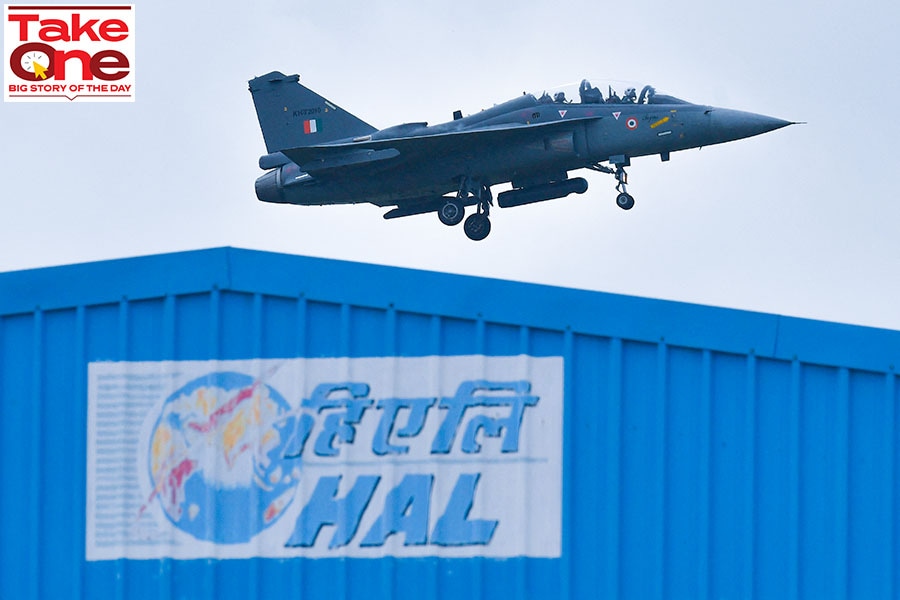India's defence companies have been on a roll. Will it change under Modi 3.0?
The prime minister has been instrumental in pushing the agenda of greater indigenisation. But political compulsions because of a coalition government could result in decision-making slowing down for the sector
 Tejas aircraft built by Hindustan Aeronautics Limited (HAL) Image: AFP
Tejas aircraft built by Hindustan Aeronautics Limited (HAL) Image: AFP
For much of his 10-year tenure, Narendra Modi has talked up Atmanirbhar Bharat, or the initiative to push for manufacturing in India.
It was perhaps most evident in India’s defence sector, with the likes of Tejas aircraft being built by Hindustan Aeronautics Limited (HAL), the Scorpene submarines being built by Mazagon Dock Shipbuilders with some more in the pipeline, or even drones for the Indian Army being built by the private sector. The push for Make in India also created new billionaires such as Satyanarayan Nuwal whose Nagpur-headquartered Solar Industries is engaged in making industrial explosives and ammunitions.


















